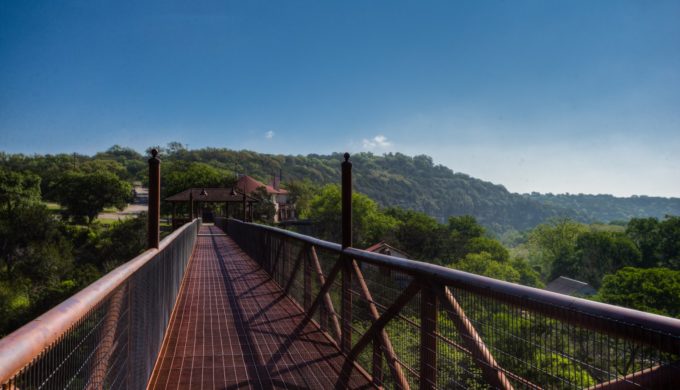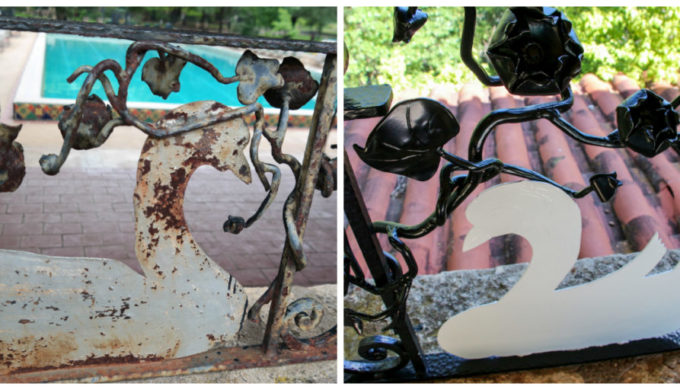Mo-Ranch is an awe-inspiring place for a number of reasons. You might have read our story earlier in the summer about the ranch’s wide appeal. From camps and large groups to small family vacations, it offers abundant options for lodging and spending time in nature on one of the most stunning bodies of water in Texas. Fascinated by this hidden gem, we wanted to dig a little deeper, and we uncovered many fascinating details about Mo-Ranch and its rich history.
Lifestyle
Inside Mo-Ranch: An Enchanting History of a Gorgeous Texas Vacation Spot

Photo: Mo-Ranch
While what is now formally known as Mo-Ranch can be dated back to the early 1900s, there is actually evidence of inhabitants on the land dating back at least 6,000 years. Based on archeological finds, it’s believed that the area served as a gathering place for cooking and fellowship among nomadic groups. This fellowship very much mirrors what takes place currently for visitors of Mo-Ranch. These early nomadic groups were later followed by Native American communities, including the Apache, Comanche, and Kiowa tribes.

Photo: Mo-Ranch
It seems this particular area, which includes the Edwards Plateau, created a safe and hospitable place for many different people over the years. Equally as fascinating is that these grounds were previously part of the ocean floor!
The land that became M0-Ranch changed hands among wealthy oilmen beginning in 1929 with Odie R. Seagraves. As many Texas oilers know, the market can be fickle, and Seagraves ultimately lost most of the land, save for his home and 20 acres, and later sold the ranch to fellow oilman Daniel J. Moran, the president of Conoco. With Moran as the new owner, the ranch now bore the name, “Mo-Ranch.” With the intent of creating a small village out of the 6,800-acre ranch, Moran constructed a number of the buildings that still stand strong today.

Photo: Facebook/Mo-Ranch
Many of these structures are worth a closer look and contain intricate details, including hand-painted San Jose tiles and ironwork by Erich Riesel, who painstakingly crafted many pieces by hand. Over time, many of these intricacies have aged or weathered, but careful detail has been given to each restoration project, and they are worth seeing first-hand. Many of these historical jewels adorn the interior of buildings such as tiles and light fixtures, but many exist in the exteriors of the beautiful buildings throughout the ranch. While on the river, don’t miss the river slide and the catwalk, both of which debuted at the ranch seven decades ago!

Photo: Mo-Ranch
Mo-Ranch is a very special place to many people, including Candace and Bob Leslie, who have committed to the restoration and revival of many beautiful pieces at Mo-Ranch. These include some of the priceless ironwork as pictured above. These are details that can’t be missed for any visitor to Mo-Ranch. These are just as powerful as the breath-taking views from all corners of the ranch!
It wasn’t until 1949 that the Presbyterian Church purchased the ranch for a modest $512,500. Since then, additional structures, including additional lodging and a dining hall, have been added to the ranch, all in alignment with existing architectural style. Despite this change in hands and new ownership, Mo-Ranch and the Presbyterian Church are clear in their inclusive intent. All are welcome to this enchanting and historically rich place!


